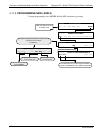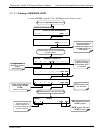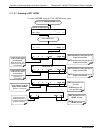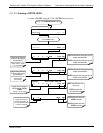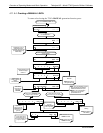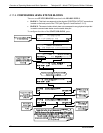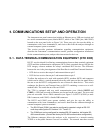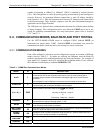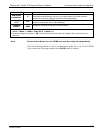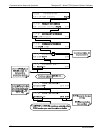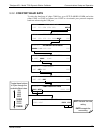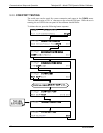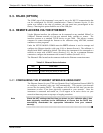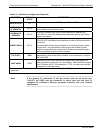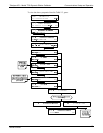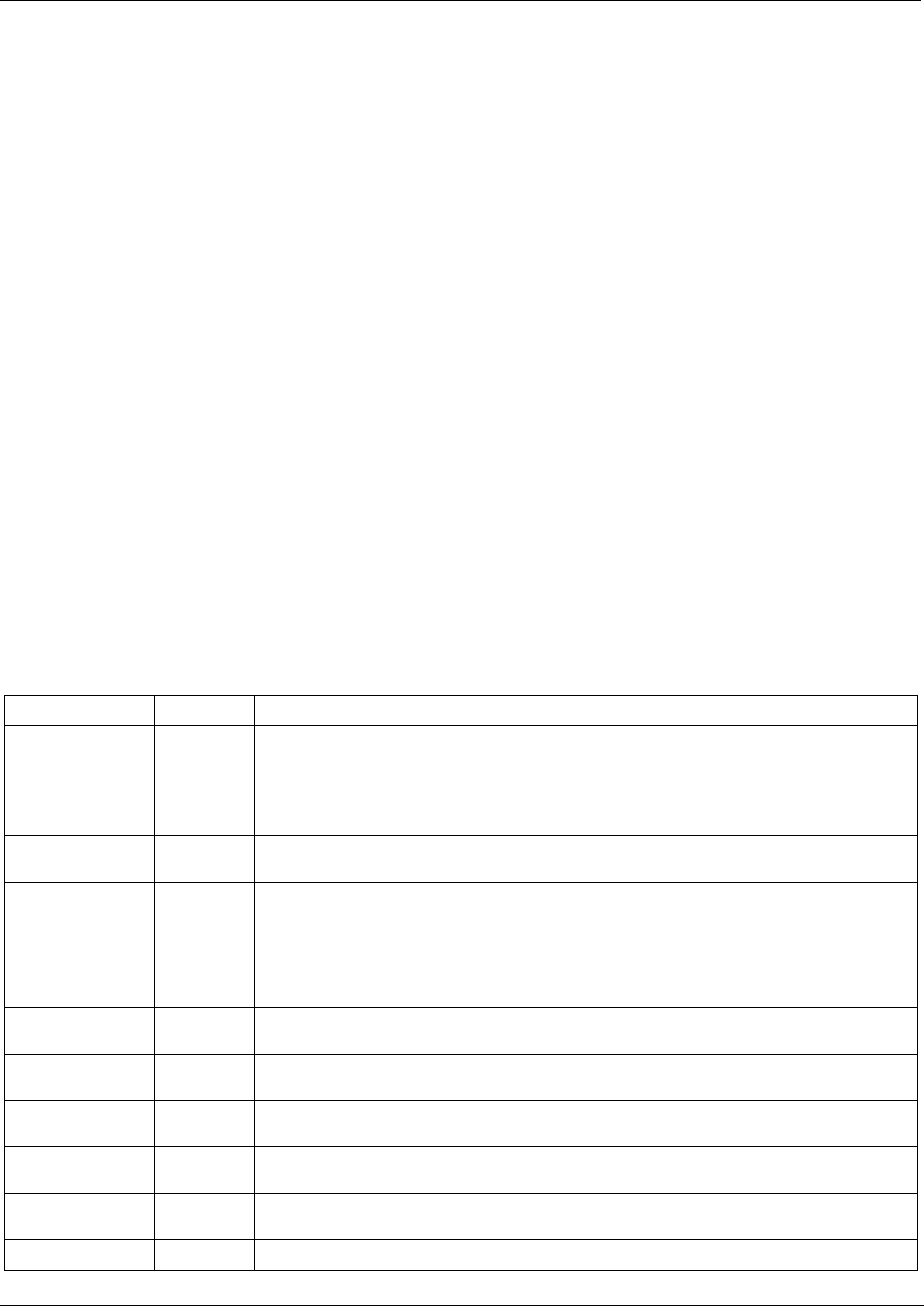
Communications Setup and Operation Teledyne API – Model T700 Dynamic Dilution Calibrator
176
capable of operating at 10BaseT or 100BaseT. DHCP is enabled by default (Section
5.4.1). This configuration is useful for quickly
getting an instrument up and running on a
network. However, for permanent Ethernet connections, a static IP address should be
used (Section 5.4.1.1). Edit the Instrument and Gateway IP addresses and Subnet Mask
to the desired settings. The
n, from the computer, enter the same information through an
application such as HyperTerminal.
The USB port is for optional direct communication between the calibrator and a desktop
or laptop computer. This configuration can be used when the COM2 port is not in use
except for multidrop communication. For setup instructions, please refer to Sections
3.3.1.7 and 5.2.1.
5.2. COMMUNICATION MODES, BAUD RATE AND PORT TESTING
Use the SETUP>MORE>COMM menu to configure COM1 (labeled RS232 on
instrument rear panel) and/or COM2 (labeled COM2 on instrument rear panel) for
communication modes, baud rate and/or port testing for correct connection.
5.2.1. COMMUNICATION MODES
Each of the calibrator’s serial ports can be configured to operate in a number of different
modes, listed in Table 5-1. As modes are selected, the calibrator sums the Mode ID
numbers
and displays this combined number on the front panel display. For example, if
quiet mode (01), computer mode (02) and Multi-Drop-enabled mode (32) are selected,
the Calibrator would display a combined MODE ID of 35.
Table 5-1: COMM Port Communication Modes
MODE
1
ID DESCRIPTION
QUIET
1
Quiet mode suppresses any feedback from the calibrator (such as warning messages)
to the remote device and is typically used when the port is communicating with a
computer program where such intermittent messages might cause communication
problems.
Such feedback is still available but a command must be issued to receive them.
COMPUTER
2
Computer mode inhibits echoing of typed characters and is used when the port is
communicating with a computer operated control program.
E,8,1 / E,7,1
2048
When turned on this mode switches the COMM port settings
from
No parity; 8 data bits; 1 stop bit
to
Even parity; 7 data bits; 1 stop bit
SECURITY
4
When enabled, the serial port requires a password before it will respond. The only
command that is active is the help screen (? CR).
RS-485
1024
Configures the COM2 Port for RS-485 communication. RS-485 mode has precedence
over multi-drop mode if both are enabled.
MULTI-DROP
PROTOCOL
32
Multi-drop protocol allows a multi-instrument configuration on a single communications
channel. Multi-drop requires the use of instrument IDs.
ENABLE
MODEM
64
Enables to send a modem initialization string at power-up. Asserts certain lines in the
RS-232 port to enable the modem to communicate.
ERROR
CHECKING
2
128
Fixes certain types of parity errors at certain Hessen protocol installations.
XON/XOFF
256
Disables XON/XOFF data flow control also known as software handshaking.
06873B DCN6388



